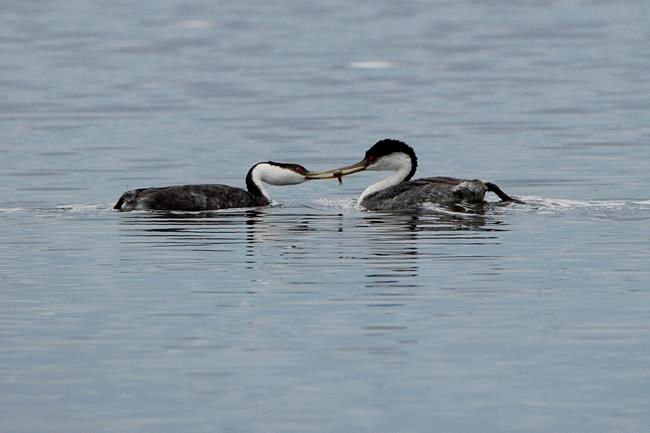OTTAWA — The Wild Species 2020 report released Tuesday identifies more than 5,000 species that are extinct or at risk of going extinct in Canada.Â
That included 18 species whose ranking is considered genuinely more at risk in 2020 than in 2015. Of those, seven are now considered to be vulnerable or imperilled. Here's a quick look at them:
The Black Ash tree — A tree native to Eastern Canada and the northeastern United States, the Black Ash tree has been decimated by the Emerald Ash Borer. In 2015, the Wild Species report ranked it as totally secure. By 2020, so many trees had died it is now considered to be imperilled.
Western green hairstreak — A butterfly native to western Canada and the western United States, increased threats and an observed decline in numbers between 2015 and 2020 changed its status from vulnerable to imperilled.
Acadian redfish — The Acadian redfish calls the waters of the northwestern Atlantic home, including the Gulf of St. Lawrence. Ranked as imperilled in 2005, the fish rebounded to an apparently secure state by 2015. But in 2020, the ranking was raised to vulnerable, though the report does not specify why.
Western grebe — A small black and white water bird with a swanlike neck and red eyes, the western grebe has breeding grounds in the Canadian Prairies and the central interior of British Columbia. Its ranking was upgraded from apparently secure to vulnerable between 2015 and 2020. It faces threats from human activities including boating, water level changes, pesticides and invasive species destroying its habitat.
Long-billed curlew — A large sandpiper that depends on Canada for about one-sixth of its breeding grounds, the species has declined enough in number that its ranking moved from apparently secure in 2015 to vulnerable in 2020. Its biggest threats are habitat loss due to conversion of grasslands to farmland, fires and fire suppression in forests, and human development in its winter habitats, which are largely outside of Canada.
American golden plover — A medium-sized plover, most of these birds weigh less than 200 grams. Their breeding grounds are mainly in the Arctic, and they winter in Central and South America. Due to limited breeding, the ranking in 2020 increased to vulnerable from apparently secure in 2015.
Cerulean warbler — A small songbird that usually winters in South America, its breeding grounds extend into southern Ontario and southwestern Quebec. Deforestation and logging are among the biggest threats to this species. Its numbers have declined enough to adjust its ranking from vulnerable to imperilled.
This report by The Canadian Press was first published Nov. 29, 2022.
Mia Rabson, The Canadian Press




